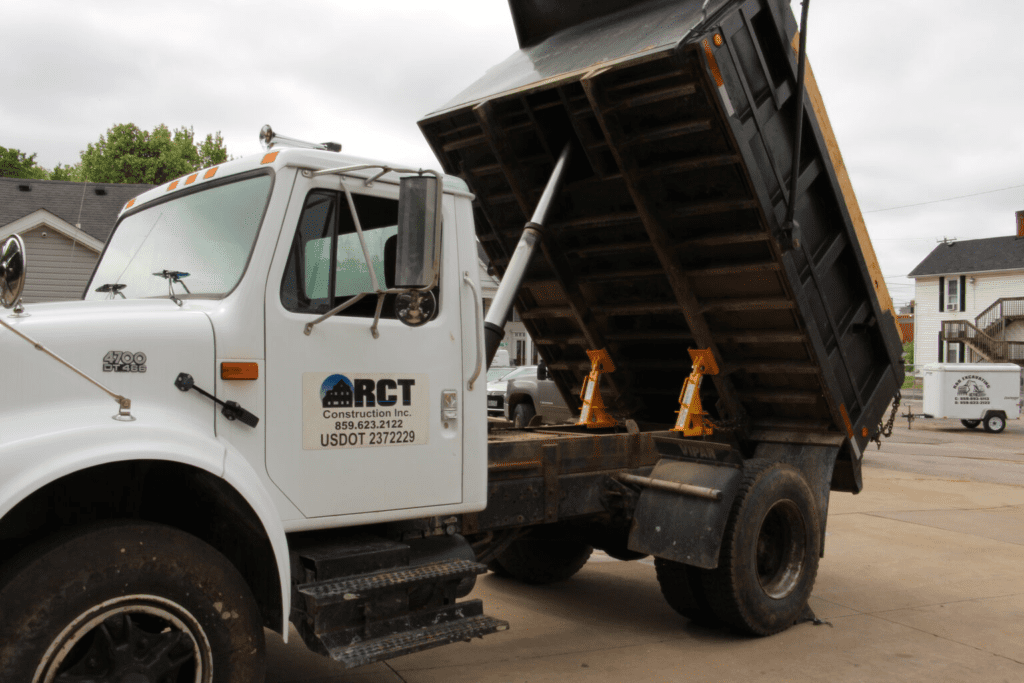In industries where hazardous environments are the norm, ensuring worker safety isn’t just a priority—it’s a legal and ethical obligation. From manufacturing plants to construction sites, businesses operating in these environments must adhere to stringent safety regulations to protect their workers from potential risks and hazards. In this blog, we’ll explore key strategies for worker safety and tips for businesses to maintain compliance with regulations.
Conduct Comprehensive Risk Assessments
Before implementing any safety measures, it’s essential for businesses to conduct thorough risk assessments to identify potential hazards in the workplace. This involves examining the tasks, equipment, materials, and environmental factors that could pose risks to workers. By understanding the specific hazards present in their environment, businesses can develop targeted strategies to mitigate risks and enhance worker safety.
Stay Up-to-Date with Safety Regulations
Safety regulations are constantly evolving to address new risks and challenges in hazardous environments. Businesses must stay informed about the latest regulations relevant to their industry and ensure compliance with all applicable standards. This may involve regular training for employees, consulting with safety experts, and staying engaged with industry associations and regulatory agencies to stay ahead of regulatory changes.
Invest in Proper Training and Education
One of the most important strategies for worker safety is proper training and education to equip workers with the knowledge and skills needed to work safely in hazardous environments. Businesses should provide comprehensive training programs that cover topics such as hazard recognition, emergency procedures, use of personal protective equipment (PPE), and safe work practices. Regular refresher courses and ongoing education are also crucial to ensure that workers remain aware of safety protocols and best practices.
Implement Engineering Controls
Engineering controls involve designing and implementing physical changes to the work environment to reduce or eliminate hazards. This may include installing safety guards on machinery, implementing ventilation systems to control exposure to hazardous chemicals, or using ergonomic equipment to reduce the risk of musculoskeletal injuries. By incorporating engineering controls into the workplace, businesses can minimize the reliance on administrative controls and PPE, leading to more effective and sustainable safety solutions.
Encourage Open Communication and Reporting
Creating a culture of safety where workers feel comfortable reporting hazards, near misses, and safety concerns is essential for maintaining a safe work environment. Businesses should encourage open communication between management and workers and provide multiple channels for reporting safety issues, such as anonymous reporting systems or regular safety meetings. By listening to and addressing workers’ concerns promptly, businesses can identify and resolve potential hazards before they escalate into serious incidents.
Regular Inspections and Audits
Regular inspections and audits are essential for identifying potential safety hazards and ensuring that safety protocols are being followed effectively. Businesses should conduct periodic inspections of the workplace, equipment, and safety systems to identify any deficiencies or areas for improvement. Additionally, external audits by safety experts or regulatory agencies can provide valuable insights into the effectiveness of safety programs and help businesses identify areas for enhancement.
Provide Personal Protective Equipment (PPE)
PPE is a critical component of ensuring worker safety in hazardous environments. Businesses should provide workers with appropriate PPE, such as safety goggles, gloves, helmets, respiratory protection, and protective clothing, to mitigate the risks associated with their tasks. Additionally, businesses must ensure that PPE is properly fitted, maintained, and replaced as needed to provide effective protection against workplace hazards.
For those operating truck repair facilities or similar environments where worker safety is of utmost importance, investing in specialized safety equipment is essential. Safety equipment such as bed locks plays a critical role in preventing accidents and injuries during repair and maintenance tasks.

At BedLock Safety Products, LLC, we offer top-notch truck repair safety equipment like truck bed locks designed to keep workers safe and operations running smoothly. By investing in safety equipment for trucks, businesses can further enhance worker safety and demonstrate their commitment to creating a safe and secure workplace. Contact us for more details.
